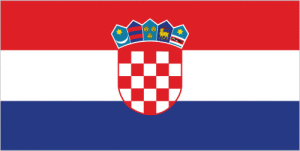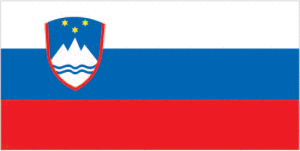Gertrude Belle Elion became the first woman in 1991 to be inducted into the National Inventors Hall of Fame. In 1988 she was one of two people to earn the Nobel Prize in medicine for her work finding anti-leukemia drugs. She received 45 patents before she died in 1999. Children can learn more at: Gertrude Belle Elion.
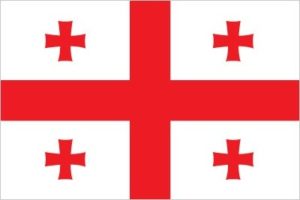
Flag of Georgia
Georgia celebrates Independence Day. The country declared its freedom from Russia on this day in 1918. However, in 1921 the Soviet Union conquered Georgia. On April 9, 1991, it broke away from the Soviet Union. Located on the eastern coast of the Black Sea and possessing a Mediterranean climate, Georgia, according to the CIA World Factbook, is about the size of South Carolina. About 4.6 million people live in Georgia. Industries include steel, machines and tools, and timber products. Tbilisi is the capital. Children could learn more at: Georgia.
Mount Pinatubo
Mount Pinatubo erupted in 1991 in the Philippines. The volcano, dormant for some time, disgorged ash and gas 60 miles into the air. Sulfuric acid droplets formed a layer in the earth’s atmosphere. It actually lowered the earth’s temperature by about one degree for several years. Children could learn about volcanoes in general at: Volcanoes.
Croatia and Slovenia celebrate Independence Day. They both broke away from Yugoslavia in 1991.
Croatia is about the size of West Virginia. Croatia’s seacoast has a Mediterranean climate, and the interior has more of a continental climate. About four million people live in Croatia, and natural resources include oil and bauxite. Zagreb is the capital. Children could learn more at: Croatia.
Slovenia, according to the CIA World Factbook, is about the size of New Jersey. Slovenia, north of Croatia, also has a Mediterranean climate along its coast. Coal, lead, and zinc are natural resources. Almost two million Slovenians live in this small country. Ljubljana is the capital. Children could learn more about Slovenia at: Slovenia.
World Wide Web became available to the public in 1991. Sir Tim Berners-Lee developed a system of sharing files between computers. Within five years 40 million people were using the Web. Today almost 2.5 billion people use the Web. Berners-Lee could have become wealthy from his invention, but he wanted the Web to remain free and open. Children would find the following timeline interesting: Timeline.
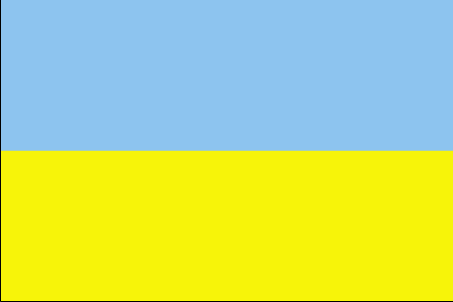
Flag of Ukraine
Ukraine celebrates Independence Day. It seceded from the Union of Soviet Socialist Republics in 1991. Located in eastern Europe and bordering the Black Sea, the Ukraine has an area a bit smaller than the area of Texas. Most of the country is covered with fertile, flat land. Agricultural products include grains, sugar beets, and sunflower seeds. Over 44 million people live in Ukraine, and Kyiv is the capital. Older children could learn more at: Ukraine.
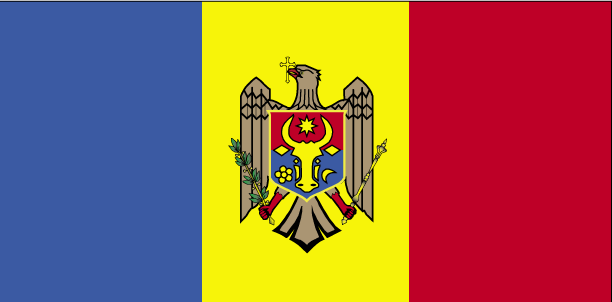
Flag of Moldova
Moldova celebrates Independence Day. It broke away from the Union of Soviet Socialist Republics in 1991. Two of its boundaries are formed by the Dneister and Prut Rivers. This landlocked country, slightly larger than the state of Maryland, has fertile soil that promotes good agriculture. About 3.6 million people live in Moldova, and Chisinau is the capital. Children can learn more at: Moldova.
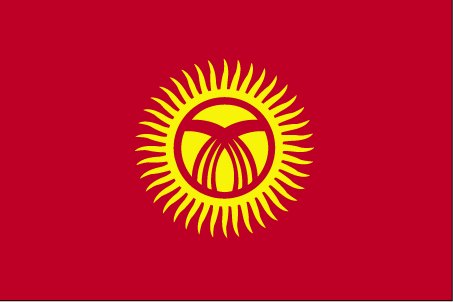
Flag of Kyrgyzstan
Kyrgyzstan celebrates Independence Day. Kyrgyzstan became free of Soviet rule in 1991. This landlocked country, located in eastern central Asia, has an area about equal to the area of South Dakota. Most of the country is covered with mountains. About 5.5 million people live in Kyrgyzstan, and Bishkek is the capital. Older children can learn more at: Kyrgyzstan.
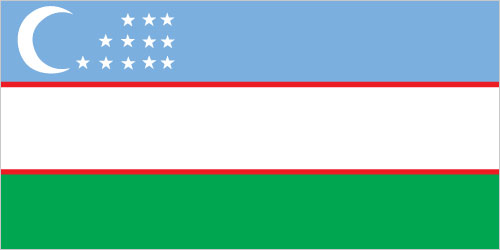
Flag of Uzbekistan
Uzbekistan celebrates Independence Day. This doubly landlocked country withdrew from the Union of Soviet Socialist Republics in 1991. Steppes and deserts are major land features of this country, with an area about the same as the area of California. Over 28 million people live in Uzbekistan, and Tashkent is the capital. Older children can learn more at: Uzbekistan.
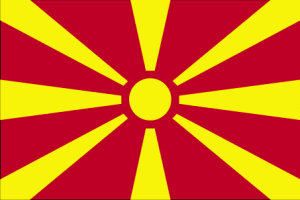
Flag of North Macedonia
North Macedonia celebrates Independence Day. North Macedonia peacefully gained its freedom from Yugoslavia in 1991. This land-locked country, about the size of Vermont, has dry summers and cold, very snowy winters. Over two million people live in Macedonia, and Skopje is the capital. Older children could learn more at: North Macedonia.
